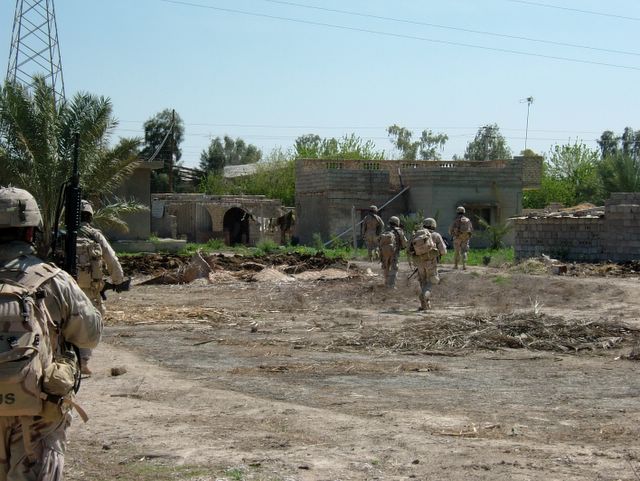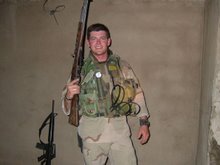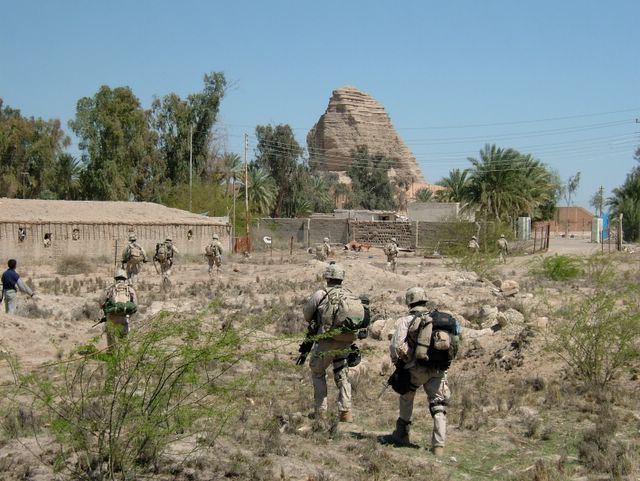CAR BOMBS - The west's new problem
Taken from The Independent - UK:
The hunt for the London terrorists: Attempt may show change of tactics
Did the attackers simply fail to make a bigger device, or is this al-Qa'ida's new way of igniting fear on the streets?
Paul Lashmar and Cole Moreton report
Published: 01 July 2007
The London car bombers could not have destroyed the Tiger Tiger club and killed people in it, experts said last night. The huge manhunt for the would-be mass murderers by police and security services was given new urgency by an attack on Glasgow airport yesterday and the fear of further incidents.
However, it emerged that the Haymarket gas and nail bomb was almost certainly not big enough to have brought down the building, as previously reported. It would have killed and maimed within 100 metres.
Security forces have two theories. The first is that a recent crackdown stopped the terrorists getting their hands on as powerful a bomb as they would have liked. The second is that al-Qa'ida - still the most likely suspect - has changed its tactics. Instead of striking at showpiece buildings it is choosing smaller, unpredictable targets that will cause fear and panic on ordinary streets. One may, of course, have led to the other.
Police are also believed to be urgently seeking three men who went missing while under anti-terror control orders. One of them, a 26-year-old former Tube driver of Algerian descent, is alleged to have talked about wanting to blow up a nightclub. All three were previously thought to have left the country.
A first bomb was found in a Mercedes outside the Tiger Tiger club in Haymarket just before 2am on Friday. An ambulance crew treating a man who had hurt his head saw vapours in the car and alerted the police. Bomb disposal officers risked their lives to defuse the lethal combination of petrol, gas and nails inside.
Police think that an explosion here might have been intended to draw panicking revellers out on to the streets, where they would be have been joined by the emergency services. Then another, bigger bomb in a second Mercedes among them could have been triggered, causing hundreds of deaths.
A blue 280E model Mercedes was illegally parked in Cockspur Street, near Trafalgar Square, but was towed to a Park Lane car pound at 3.30am on Friday. The explosive device inside did not go off. If successful, the trap would have resembled the attack on backpackers in a Bali nightclub in 2002, when a suicide bomb led those escaping straight into the path of a van packed with explosives.
"The danger here is that we are entering the era of the car bomb," said an intelligence source. "In the past, al-Qa'ida-style terrorists have used high-explosive bombs aimed at symbolic, high-profile targets," he said, but that might have changed out of necessity. "It's easy to make a gas and nail car bomb without raising suspicion."
The plot has striking similarities with one that resulted in Dhiren Barot being jailed for life last November, for conspiring to park limousines packed with gas canisters underneath high-profile buildings, with the intention of later detonating them. Another member of the gang jailed in connection with that plot had a brother called Lamine Adam who allegedly spoke of attacking clubs. Adam was put under a control order with his younger brother Ibrahim, 20, and their friend Cerie Bullivant, 24. But all three disappeared.
It is now known that the bomb outside Tiger Tiger would have been set off by a call to a mobile phone in the car triggering a home-made incendiary detonator. This would have set light to petrol vapour, instantly exploding petrol cans in the car and the fuel tank. As the car burned very quickly the heat would have detonated gas cylinders containing compressed gas, causing a large explosion and scattering the nails.
Although deadly - the ambulance crew and any revellers on the pavement would have been killed - it would not have caused serious damage to the club or brought down the building.
The two cars were meant to have burned in the attacks, destroying all evidence. Instead they are now in the specialist Forensic Explosives Laboratory concealed in the countryside in Kent. That is where experts pored over the double-decker bus blown apart in the 7 July 2005 attacks in London.
In lab X47 teams of scientists are examining the two Mercedes, looking for evidence such as hair, skin, sweat or clothes fibres. Others are examining the chemical make-up of the bombs, which may lead them to a particular part of the country, even a specific supplier.
There could also be incriminating documents that were meant to be destroyed by fire. Police will take the mobile phone removed by the bomb disposal team and find out whether it had been bought or stolen. They will find the numbers it has called and received.
Although delighted at this high-quality forensic evidence, the police hope to capture clear images of the drivers and any passengers. The London car bombers chose to strike in one of the world's most heavily filmed areas. Yesterday there were reports that the police had captured a "crystal clear" image of a suspect leaving the vehicle outside the Haymarket club, but no pictures have yet been made public.
Experts were last night sifting through hours of material recorded by a network of 33 street CCTV cameras in the West End. Three more cameras are located in vans that tour the area, and Westminster council has an additional 30 cameras that can be moved around and operated through laptops. Detectives were also looking to trace the routes the cars took towards their destination, using 52 cameras that monitor every road entrance to central London.
This so-called "ring of steel" may tell police where the cars came from, enabling them to trace their starting points.
Whitehall sources said there had not been any specific intelligence and no one had claimed responsibility for the attempted bombings.
Intelligence sources say that two rather than one car bomb points to the existence of a cell of al-Qa'ida sympathisers. The unsophisticated devices suggest a "home-grown" cell of radical British Islamists rather than a cell infiltrated from abroad.
Deputy Assistant Commissioner Peter Clarke, head of Scotland Yard's counter-terrorism command, said yesterday's attack on Glasgow made it obvious that the public should be on their guard.
MI5 said last year it believed Islamist radicals were plotting at least 30 major terrorist attacks in Britain and it was tracking some 1,600 suspects.












